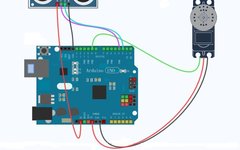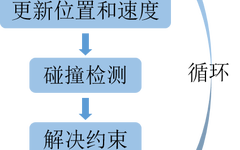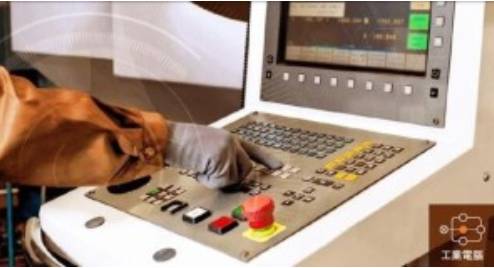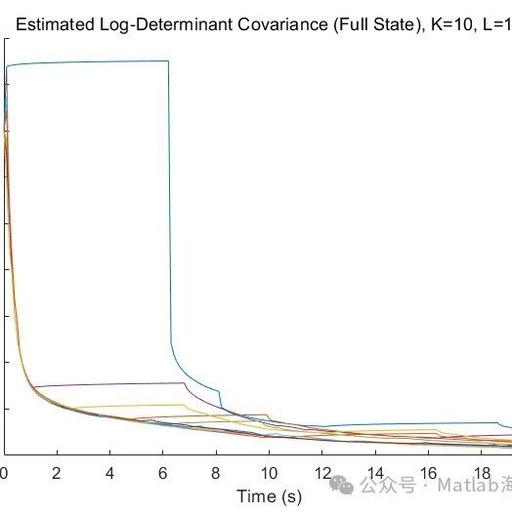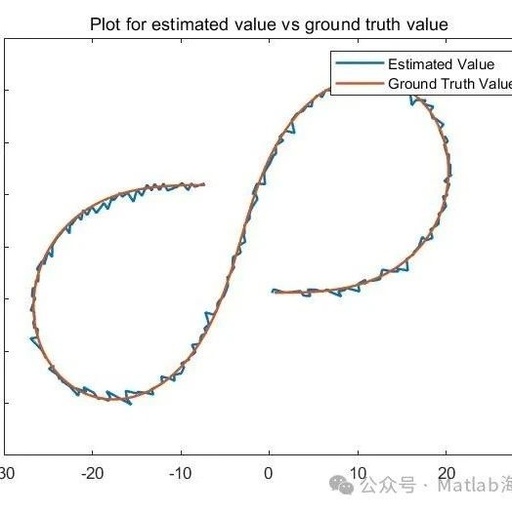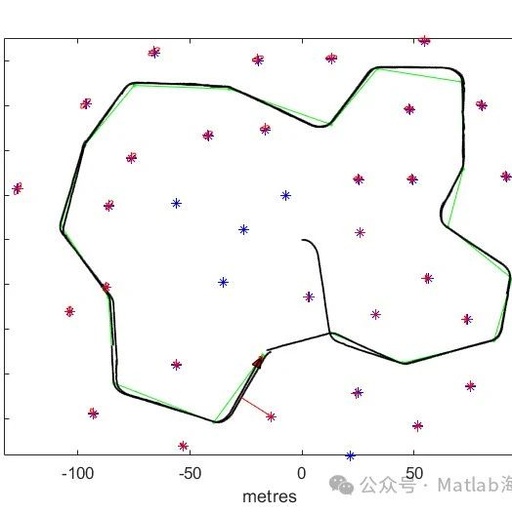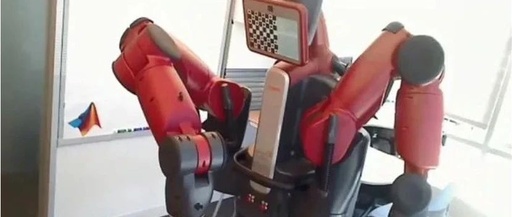Challenge 100 Arduino Projects: Baymax Robot
Baymax Robot Difficulty Index: ⭐⭐ Suitable Age: 9 years+ Introduction Baymax is a beloved robot among many children. Combining everyone’s interests, today we will create a Baymax creative robot. This project has a low technical difficulty, and the highlight is mainly in the creativity. Print an image of the Baymax robot on cardboard, and then … Read more
